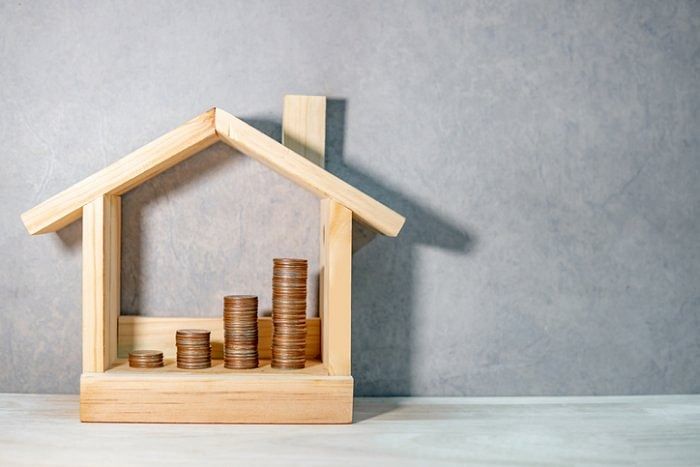
With interest rates lowest in 20 years, one would think opting for a fixed rate home loan will be beneficial. The only issue is that almost no banks or housing finance companies offer fixed home loan rate products anymore.
At present, home loan rates start from 6.7 per cent for most of the lenders. While home loan rates in India are close to two-decade low, financial institutions expect rates to have bottomed out. Going forward, rates are likely to go up if bond yields are any indication. A fixed loan rate of around 8-8.5 per cent would have been highly beneficial for a customer whose repayment schedule is 15-20 years. Home loan rates in India have hit a peak rate of over 11 per cent when the interest rate cycle was moving up.
Home loan rate of State Bank of India (SBI) – the country’s largest lender – starts at 6.7 per cent for loan value up to Rs 75 lakh. This is the rate which will be offered to best customers according to the credit bureau score.
Similarly, ICICI Bank also charges 6.7 per cent for loans up to Rs 75 lakh. Housing Development Finance Corporation (HDFC) charges 6.7 per cent for all loans irrespective of the loan amount. These rates are applicable till March 31 as they are part of a special discount scheme.
None of these lenders offer fixed rate loan products. HDFC offers a fixed-cum-floating rate product where the interest rate is fixed for the initial two years.
So why are banks and mortgage financiers not offering pure fixed rate loans.
“They know that rates will not remain at this level. Rates will go up,” said CVR Rajendran, MD & CEO, CSB Bank.
“If they offer a fixed rate loan they will have a loss making situation, going forward. The floating loan rates are linked to repo rate or any other rate. When RBI hikes the rate, home loan rates will go up,” Rajendran told DH.
The Reserve Bank of India, has reduced the key policy rate or the repo rate by 250 bps since February 2019, which is at 4 per cent. While the central bank has assured the market with the accommodative stance of the monetary policy as long as necessary to revive growth, bond yields have started to harden with the yield on 10 year benchmark government bonds rising around 30 bps since the beginning of February.
Bankers said the linking of floating rate retail loans to an external benchmark, which was mandated by RBI from October 2019 is another reason why most banks have stopped offering fixed rate home loans.
Most banks have linked their home loan rates to the RBI’s repo rate.
Apart from the expectation of rising interest rates, asset liability is another issue that holds back banks from offering fixed rate loans.
“Typical tenure of bank deposit is anywhere from 1 to 3 years, at most 5 years. So there is an issue of asset liability mismatch. Which is why offering a fixed rate loan is not good economics from an ALM standpoint,” Gaurav Gupta, founder and CEO of MyLoanCare.
In addition, there has been lower customer preference for fixed rate home loan products as lenders can charge prepayment penalty for such products.
According to RBI norms, lenders cannot charge such penalty for floating rate retail products.
“From a regulatory standpoint, there are repayment charges that are applicable for fixed rate products. There is very little customer preference for a fixed rate home loan for a very long time,” Gupta said.
“From lenders’ perspective, interest rates are 18-19 years low, and home loan rates are a long tenure product. So if a bank offers a fixed rate home loan product, it will end up priced significantly higher than a floating rate loan. If floating rate loans are priced at 6.7 per cent, then chances are if someone is to have a fixed loan rate, it would be higher by 150-200 bps. Then the question is why would the customer go for it,” Gupta added.
Home loan growth slowed down significantly in the last one year due to fall in income levels caused by the pandemic-induced lockdown.
According to the RBI data, year-on-year loan growth of commercial banks stood at 7.7 per cent till the end of January as compared to 17.5 per cent a year ago. Loan growth in the financial year so far (till January) was 5.9 per cent as compared to 13.5 per cent a year ago.
(The writer is a Mumbai-based senior Journalist)